


Your comprehensive guide to Hanoi's Noi Bai International Airport, covering everything from facilities to transportation and passenger services.
Noi Bai International Airport is the primary gateway to Hanoi, Vietnam's capital. Located about 30 kilometers from the city center, this airport serves as a vital hub for international and domestic flights.
Noi Bai International Airport plays a crucial role in connecting Hanoi with the rest of the world. Situated strategically in Northern Vietnam, it serves as a major entry point for tourists and business travelers alike.
Established in the 1970s, Noi Bai International Airport has evolved from a regional airport to one of Vietnam's busiest aviation hubs. Over the years, it has undergone significant expansions to accommodate growing passenger numbers.
The airport features two main terminals:
Noi Bai operates two runways:
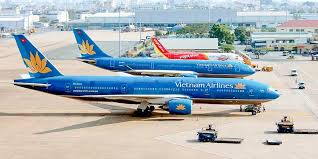
Noi Bai is a hub for several airlines, including:
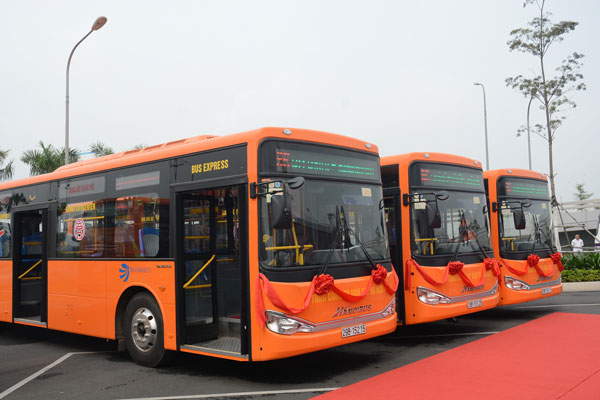
The airport offers various transportation modes:
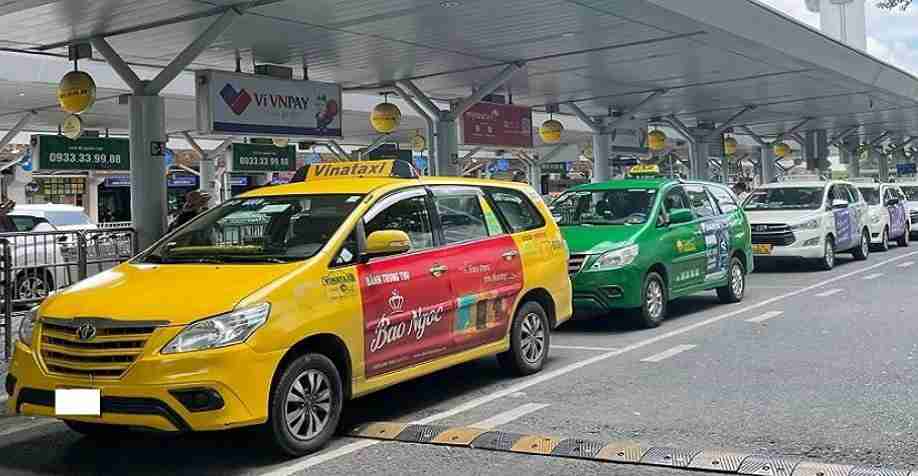
Noi Bai provides ample parking:
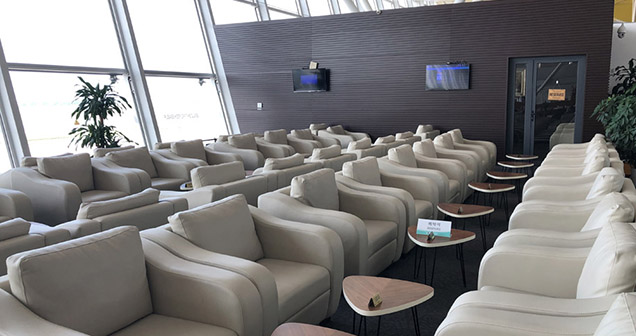
Various lounges are available for relaxation:
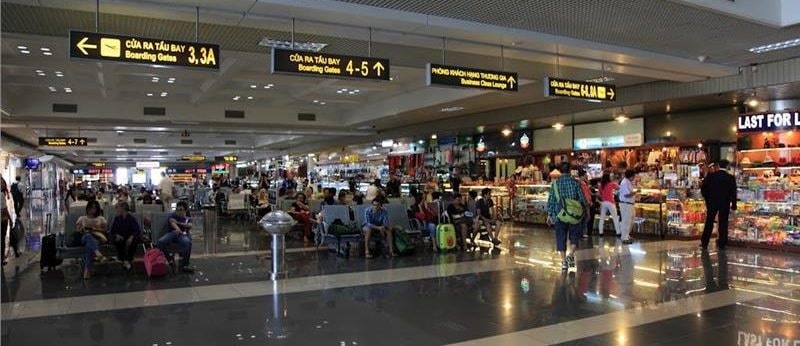
The airport offers a variety of dining options, from traditional Vietnamese cuisine to international fast-food chains. Duty-free shops and local souvenir stores are available in both terminals.
Free Wi-Fi is available throughout the airport. Other amenities include charging stations, nursery rooms, currency exchange counters, and ATMs.
Noi Bai handles millions of passengers annually, with a significant portion being domestic travelers. The airport manages up to 40 flights per hour during peak times.
The airport's cargo facilities support Vietnam's export economy, handling a wide range of goods, including perishable items and hazardous materials.
Noi Bai International Airport has plans to expand its facilities, including adding a third terminal to accommodate increasing passenger numbers.
Upcoming improvements include enhanced runway capacity, upgraded terminal facilities, and improved public transportation links to the city.
The airport is actively working to reduce noise pollution through the use of quieter aircraft and implementing noise monitoring systems.
Noi Bai is committed to sustainability, with initiatives including energy-efficient lighting, water recycling, and promoting the use of electric vehicles within the airport grounds.
Travelers with layovers can explore nearby attractions:
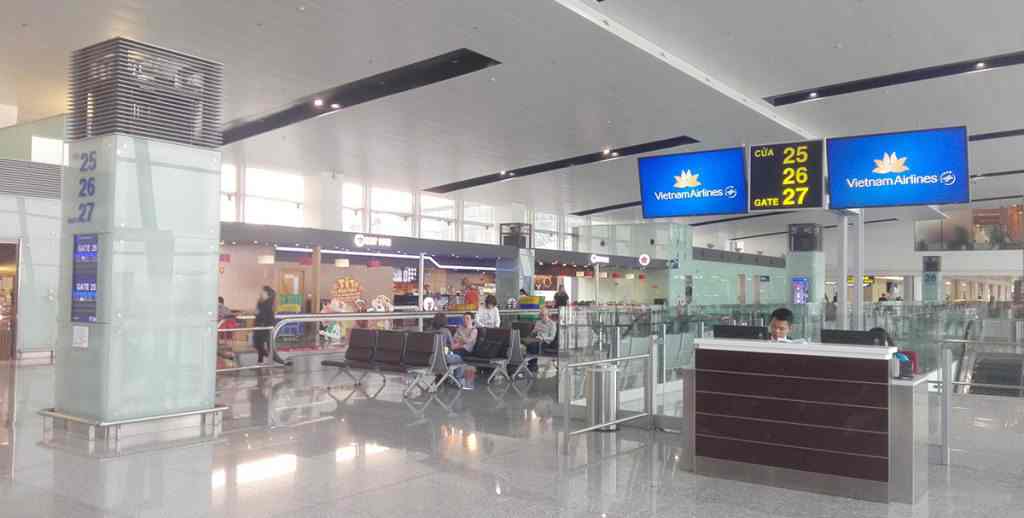
Passengers are advised to arrive at least 2 hours before domestic flights and 3 hours before international flights. Online check-in and self-service kiosks are available to expedite the process.
Security checks are thorough, so passengers should be prepared to remove electronic devices and follow liquid restrictions. It's best to check the latest security regulations before traveling.
Noi Bai International Airport is managed by the Airports Corporation of Vietnam (ACV). For inquiries, contact the information desk. The airport's official website provides real-time updates and contact information.
First aid stations are available in both terminals, and the airport's emergency hotline can be reached. Passengers should familiarize themselves with emergency exit locations upon arrival.
Noi Bai International Airport was originally constructed in the 1970s and has since expanded to become one of Vietnam's major aviation hubs.
The airport underwent significant expansions in the 2000s, with the construction of Terminal 2 and runway upgrades to accommodate larger aircraft.
Noi Bai has played a pivotal role in Vietnam's aviation history, including its use during key political events and international summits.
Terminal 2 features a modern design with glass facades and spacious interiors, while Terminal 1 incorporates elements of traditional Vietnamese architecture.
The airport's control tower is a standout feature, offering panoramic views of the surrounding area and symbolizing the airport's importance as a gateway to Hanoi.
Noi Bai International Airport is operated by the Airports Corporation of Vietnam (ACV), responsible for managing 22 airports nationwide.
The airport director leads a team responsible for day-to-day operations, air traffic control, security, and customer service. The management team works closely with airlines and government agencies to ensure efficient airport operations.
Noi Bai International Airport employs advanced security protocols, including X-ray scanners, metal detectors, and biometric screening. These measures ensure the safety of all passengers and staff.
The airport has a dedicated fire station and medical facilities on-site. Regular drills and training programs are conducted to maintain high readiness levels for any emergency, from medical incidents to security threats.
Noi Bai is embracing the future with smart airport initiatives such as automated check-in kiosks, smart gates for quicker immigration processing, and a mobile app that provides real-time flight updates and indoor navigation.
The airport offers a range of self-service options, including baggage drop-off points and online check-in services, designed to streamline the passenger experience and reduce wait times.
Hanoi's climate is characterized by hot, humid summers and cool, dry winters. The rainy season runs from May to September, which can sometimes affect flight schedules.
The airport is equipped with advanced weather monitoring systems to manage flight operations during adverse weather conditions. Despite the tropical climate, delays are kept to a minimum.
Noi Bai International Airport is a significant contributor to the local economy, facilitating trade, tourism, and employment. It plays a crucial role in the economic development of Hanoi and the surrounding regions.
The airport directly employs thousands of people and indirectly supports numerous jobs in related sectors, including hospitality, transportation, and retail.
Entry into Vietnam requires a valid passport and visa, unless exempted by bilateral agreements. Noi Bai offers visa-on-arrival services for eligible travelers, along with electronic visa processing.
The airport operates a dual-channel customs system (Green Channel for nothing to declare and Red Channel for goods that must be declared). Electronic customs declarations are encouraged to expedite the process.
If you lose an item at Noi Bai International Airport, report it immediately at the Lost and Found desk, located in both terminals. Alternatively, you can call their hotline or submit an online report through the airport’s official website.
Once a lost item is located, it is logged into a central database. You can retrieve your belongings from the Lost and Found office after presenting valid identification and a detailed description of the item.
Noi Bai International Airport showcases Vietnam’s rich culture through rotating art exhibitions, including traditional Vietnamese paintings, sculptures, and crafts.
During significant holidays like Tet (Lunar New Year), the airport hosts cultural performances, offering travelers a glimpse of Vietnam’s vibrant heritage through music, dance, and other cultural displays.
Noi Bai is fully equipped to assist passengers with disabilities. Services include wheelchair access, dedicated lanes at security checks, Braille signage, and hearing-impaired services.
Additional assistance is available for elderly passengers, unaccompanied minors, and those requiring extra care. These services can be requested in advance or upon arrival at the airport.
The airport has implemented energy-saving initiatives, such as installing LED lighting throughout the terminals and using solar panels to power certain operations.
Noi Bai has a comprehensive recycling program and wastewater treatment facilities, aiming to minimize its environmental impact and promote sustainability.
The airport offers premium lounge services, including the Song Hong Lounge in Terminal 2, which provides a luxurious space for relaxation with complimentary food, beverages, and business facilities.
For a smoother experience, travelers can opt for fast-track services that expedite the immigration and security processes. These services can be pre-booked or arranged upon arrival.